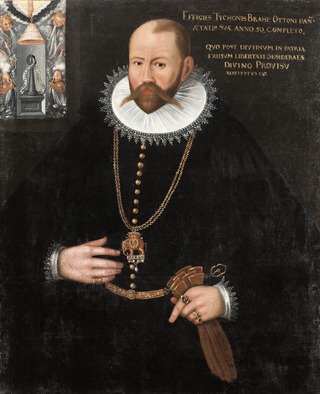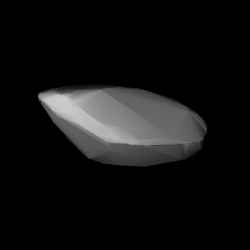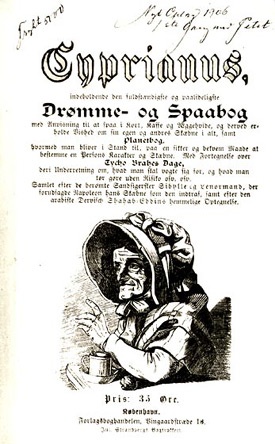Related Research Articles

Tycho Brahe, generally called Tycho for short, was a Danish astronomer of the Renaissance, known for his comprehensive and unprecedentedly accurate astronomical observations. He was known during his lifetime as an astronomer, astrologer, and alchemist. He was the last major astronomer before the invention of the telescope.

1601 (MDCI) was a common year starting on Monday of the Gregorian calendar and a common year starting on Thursday of the Julian calendar, the 1601st year of the Common Era (CE) and Anno Domini (AD) designations, the 601st year of the 2nd millennium, the 1st year of the 17th century, and the 2nd year of the 1600s decade. As of the start of 1601, the Gregorian calendar was 10 days ahead of the Julian calendar, which remained in localized use until 1923.

Uraniborg was an astronomical observatory and alchemy laboratory established and operated by the Danish astronomer Tycho Brahe. It was the first custom-built observatory in modern Europe, and the last to be built without a telescope as its primary instrument.
The year 1600 CE in science and technology included some significant events.
The year 1624 in science and technology involved some significant events.
The year 1572 in science and technology included many events, some of which are listed here.

John Louis Emil Dreyer, also Johan Ludvig Emil Dreyer, was a Danish astronomer who spent most of his career working in Ireland. He spent the last decade of his life in Oxford, England.
The year 1573 in science and technology included many events, some of which are listed here.

The Constantinople observatory of Taqi ad-Din, founded in Constantinople by Taqi ad-Din Muhammad ibn Ma'ruf in 1577, was one of the largest astronomical observatories in the pre-modern world. However, it only existed for a few years and was destroyed in 1580.
Gellio Sasceride (Sasserides) was a Danish astronomer, professor and physician. The crater Sasserides on the Moon is named after him. It lies near Tycho, named after Tycho Brahe.

Otte Brahe was a Danish (Scanian) nobleman and statesman, who served on the privy council. He was married to Beate Clausdatter Bille and was the father of astronomers Tycho and Sophia Brahe.
The year 1598 in science and technology involved some significant events.
Events from the 1560s in England.

1677 Tycho Brahe, provisional designation 1940 RO, is a stony Marian asteroid from the central region of the asteroid belt, approximately 12 kilometers in diameter. It was discovered on 6 September 1940, by Finnish astronomer Yrjö Väisälä at Turku Observatory in Southwest Finland. The common stony S-type asteroid has a short rotation period of 3.89 hours. It was later named after Tycho Brahe, one of the fathers of astronomy.
John Craig was a Scottish physician and astronomer. He was physician to King James. He corresponded with Tycho Brahe, and associated with John Napier.
The year 1576 in science and technology included many events, some of which are listed here.
The year 1584 in science and technology included many events, some of which are listed here.
The year 1528 in science and technology included a number of events, some of which are listed here.
The year 1588 in science and technology, Armada year, included a number of events, some of which are listed here.

In the folklore of Scandinavia, Tycho Brahe days are days judged to be especially unlucky, especially for magical work, and important business transactions. Tycho Brahe (1546–1601) was a Danish astronomer, astrologer, and alchemist and as such achieved some acclaim in popular folklore as a sage and magician.
References
- ↑ Palmer, Alan; Palmer, Veronica (1992). The Chronology of British History. London: Century Ltd. pp. 153–156. ISBN 0-7126-5616-2.
- ↑ Clew, Kenneth R. (1984). The Exeter Canal. Chichester: Phillimore. ISBN 0-85033-544-2.
- ↑ O'Connor, J. J.; Robertson, E. F. (April 2003). "Tycho Brahe". University of St Andrews. Retrieved 2013-11-26.
- ↑ Ihren, Fredric. "Tycho Brahe's Nose And The Story Of His Pet Moose". Archived from the original on 2014-10-09. Retrieved 2013-11-26.